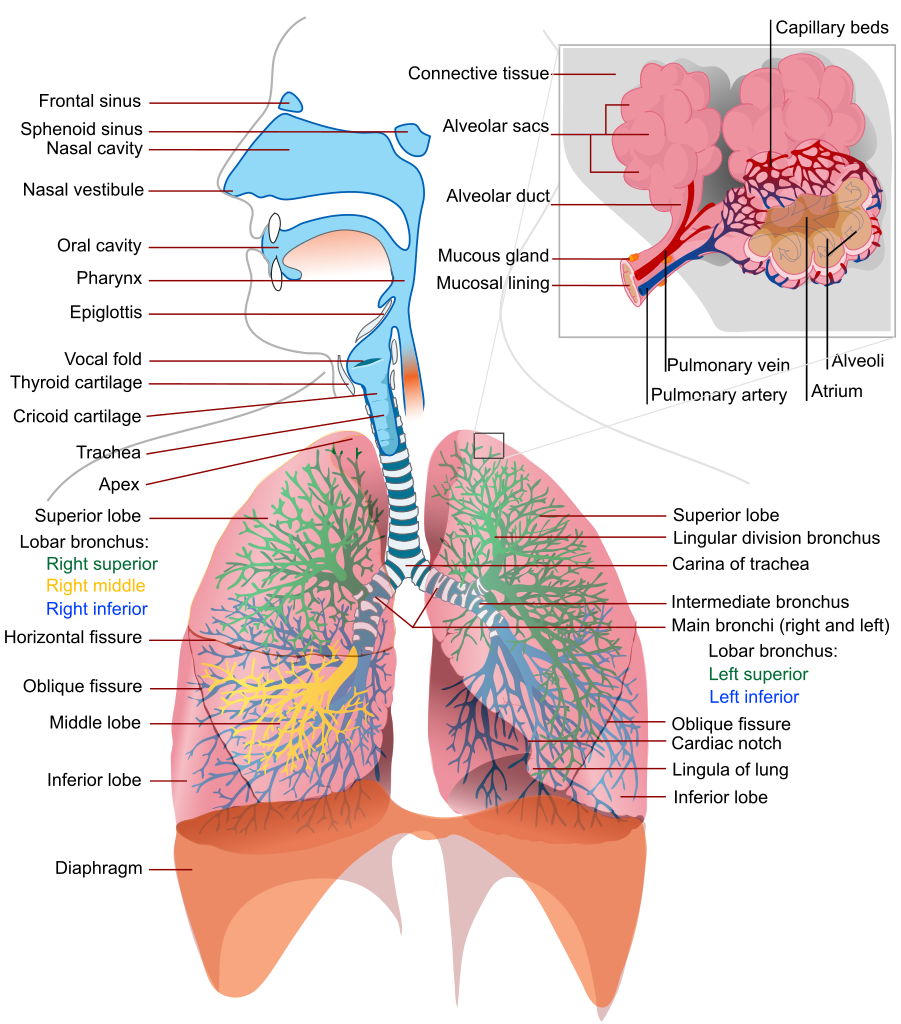How Birds Make Sounds

How Exactly Do They Make Notes?
One of the joys of walking through a forest is listening to bird songs. It's like meeting old friends when you can hear a song and know exactly what type of bird is singing. Have you ever wondered exactly how birds make sounds and notes? I've always been fascinated by this because there are some birds that can sing more than one note at a time. This is especially true of birds in the thrush family; and my favorite bird songs are those made by the wood thrush (hylocichla mustelina). Check out this video of a wood thrush singing. Close your eyes and see if you can hear the multiple notes that it makes at the same time.
If you remember, only male birds sing, but all birds can make sounds, ranging from "chip" calls to alarm calls. As humans, we make sounds by using air from our lungs that is passed over our voice box, called the larynx. The larynx sits on top of our windpipe. There are two folds to the larynx, which are called our "vocal cords" (you can interchangeably use the term vocal cord or vocal fold).

To make sound, air passes between the two vocal folds (very quickly, about 100-1000x/sec) and then comes together in the windpipe. The pitch of the sound is determined by the tension of the vocal folds, which are controlled by muscles in the larynx. If you were to hear the sounds coming out of the larynx it would sound like buzzing, sort of like when you buzz your lips together. This "buzzing" is the beginning of a sound wave. To modulate the sound wave, and to make it recognizable, there has to be a "resonator" or area that amplifies and projects the sound. In humans the resonator system is composed of the throat, nose, sinuses, and mouth. This resonator system can change shape and form (in a variety of ways, and from a variety of muscles) to produce audible and recognizable sounds. Got all that? Now here's the fun part about how birds make sound.
In humans we have one unified wind pipe, one larynx, and one set of vocal folds, birds have sets of pipes that they use to make sounds too, but it's quite different. They have a double voice box that is called the syrinx (sear-inks). The word "syrinx" in Greek means "pan pipes." I always thought this was confusing because pan pipes are a series of hollow wooden tubes (4+) held and played together. A bird's syrinx looks more like a bifurcated (split) Greek flute to me.


In humans our voice box is located in the wind pipe that leads down to the bronchial tube that eventually splits into our lungs. In birds their wind pipe (trachea) is fairly short, and instead of having a voice box in this short tube it is in the bifurcated area where the trachea splits towards the lungs.
A bird's syrinx makes sounds without the use of vocal cords like we have. Instead, birds have a set of tympanic membranes (you'll love the Latin name, membrana tympaniformis) just past where the trachea splits to become bronchi. These membranes can be precisely modulated (moved back and forth), as air flows over them, to produce sound. Here's a great video from Indiana State University's Suther's Laboratory to help you visualize this process:
This double membrane system allows a bird to make two notes independently or at the same time. Not all birds make two notes at the same time, some are better at this than others, like those in the thrush family, cardinals, canaries, mockingbirds, and cowbirds. There is some thought that the ability to make a seamless song of notes is an indicator of a male's fitness to the female. It takes a lot of work to do the "switching on and off or side to side" on the part of the male birds. By being able to lateralize (switch from side to side) of their syrinx the birds can also modulate their sounds, and change frequency, very quickly, which is handy if you're trying to impress your neighbor or a lady-bird.
Regardless of how a bird makes sound or songs, the result is fantastic. If you'd like to know more about different bird songs visit the Cornell Lab of Ornithology. They have a very extensive bird song collection as well as CD's and apps that you can download to learn bird songs. If you want to know more about how birds breathe check out a website on bird respiration by clicking here.

